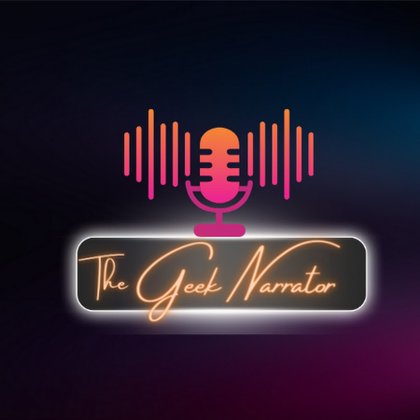
Kaivalya Apte - The Geek Narrator
@thegeeknarrator
Followers
7K
Following
3K
Media
425
Statuses
3K
The GeekNarrator Podcast - Software Engineering, Distributed systems and Databases.
Berlin, Germany
Joined April 2022
B+Trees, WAL(write-ahead logging) and LSM trees are core to databases. Most of us look at the interface and talk about SQL vs NoSQL which is useful, but the core database components give the real personality to a database. I created videos on BTrees and WAL long time ago, but
1
52
529
Move fast and . - Don’t break things. - Don’t break abstractions. - Don’t break customer trust. - Don’t break your cloud budgets. - Don’t break your back constantly sitting in Incident calls. Move fast != Writing 💩 code that eventually breaks all the above.
0
0
13
Ah so we came to SSDs from SSSHD. Super Solid Super Hard Drive . What a journey 😅.
This is the oldest transaction database from 3100 BC - recording accounts of malt and barley groats. Considering this thing survived 5000 years (holy shit!) with zero downtime and has stronger durability guarantees than most databases today. I call it rock solid durability.
0
0
1
Incident postmortems must be blameless, but this is not an excuse to avoid difficult questions. The purpose of a postmortem is to identify root causes and implement effective preventative measures. Blameless culture means focusing on systems and processes that failed, without.
2
0
12
RT @thegeeknarrator: A good system design document should have 90% text, 10% diagrams and not the other way around 🤦. Write it down and cap….
0
3
0
Become a member and join me (live)this weekend to talk about Practical API design:.
youtube.com
The GeekNarrator is here to make you curious, excited and inspired about Technology and Software Engineering. You will see in depth technical discussions with actionable insights from the industry...
0
0
2
A good system design document should have 90% text, 10% diagrams and not the other way around 🤦. Write it down and capture all the details. Diagrams look good but they are lossy compressions of the design. Have a document that captures: . - Clear and concise problem statement.
2
3
16
0
1
0
Become a member here: Join this channel. Vote here:
youtube.com
The GeekNarrator is here to make you curious, excited and inspired about Technology and Software Engineering. You will see in depth technical discussions with actionable insights from the industry...
0
0
0
📣 Stop scrolling!. 😅Just wanted to quickly let y’all know that I will be doing a member only session this weekend on one of the following topics. Become a member and vote on the link below. See you there.
1
0
1
RT @mayukh30: @thegeeknarrator Thanks for this gem 💎. Ideas for next part. * Indexing.* Integration with vector indexes. .
0
1
0
RT @jorandirkgreef: @thegeeknarrator (Love the pun!).
0
1
0
Talks about - “Sharding a database using Consistent hashing”. But rarely go into:. - Hot shards, mitigation strategy .- Cross shard joins. and many more examples like that….
0
0
1
Talks about - “Auto scaling based on CPU/Memory”. But rarely go into:.- Cold start problems.- Cascading failures.- Predictive scaling.
1
0
0
Talks about - “Use Kafka”. But rarely go into:. - Number of Paritions.- Partition key selection.- Consumer rebalancing.- Exactly once semantics.
1
0
0
Talks about - “Add Redis/Memcached”. But rarely go into:.- Caching strategies. - Write-through, write behind implications. - Cache warming.- Multi level caching.- Costs.
1
0
1
Most system design discussions/courses are shallow and are only meant for junior/mid level interviews. So make sure to ask yourself if for your context it is good or you need to go deeper and understand the nuances.
1
0
18
RT @thegeeknarrator: Checkout the episode here:
0
1
0
RT @thegeeknarrator: Just released another episode in the "Modern Database" Playlist which has 45+ database episodes. This time we are tal….
0
8
0






